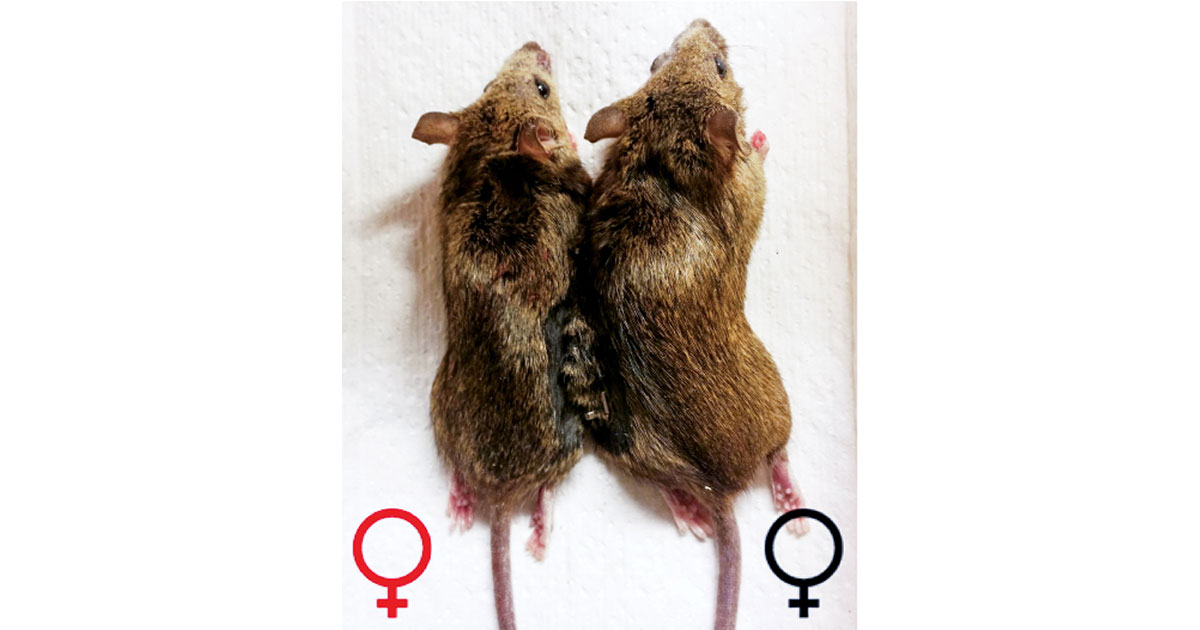Advertisement
Grab your lab coat. Let's get started
Welcome!
Welcome!
Create an account below to get 6 C&EN articles per month, receive newsletters and more - all free.
It seems this is your first time logging in online. Please enter the following information to continue.
As an ACS member you automatically get access to this site. All we need is few more details to create your reading experience.
Not you? Sign in with a different account.
Not you? Sign in with a different account.
ERROR 1
ERROR 1
ERROR 2
ERROR 2
ERROR 2
ERROR 2
ERROR 2
Password and Confirm password must match.
If you have an ACS member number, please enter it here so we can link this account to your membership. (optional)
ERROR 2
ACS values your privacy. By submitting your information, you are gaining access to C&EN and subscribing to our weekly newsletter. We use the information you provide to make your reading experience better, and we will never sell your data to third party members.
Biological Chemistry
How polar fish survive subzero seas
New data may resolve debate over how antifreeze glycoproteins keep fish from freezing
by Tien Nguyen
February 12, 2018
| A version of this story appeared in
Volume 96, Issue 7

Having “ice in one’s veins” may simply suggest an unshakable demeanor for a person, but for an arctic fish, it can be deadly. Luckily, polar fish have evolved molecular defenses to keep their blood flowing in freezing waters, including so-called antifreeze glycoproteins (AFGPs), which keep ice growth at bay in fish’s blood. These floppy molecules hold promise for food and tissue cryopreservation, but exactly how they inhibit the spread of ice has been difficult for scientists to pin down experimentally. Now, using molecular dynamic simulations, Kenji Mochizuki and Valeria Molinero of the University of Utah have revealed how the smallest member of the AFGP family, AFGP8, binds to ice at the water–ice interface (J. Am. Chem. Soc. 2018, DOI: 10.1021/jacs.7b13630). They found that AFGP8’s multiple methyl groups, on both the peptide backbone and the pendant sugars, stick weakly to the ice surface. This reversible binding allows the glycoproteins to “walk” around the surface until they find a nook in the crystal, preventing ice growth, Molinero says. Hokkaido University’s Yoshinori Furukawa, whose group has reported experimental data supporting AFGPs’ reversible binding behavior, says the work is “excellent” and that it resolves a decades-long debate over the AFGP binding mechanism.




Join the conversation
Contact the reporter
Submit a Letter to the Editor for publication
Engage with us on Twitter